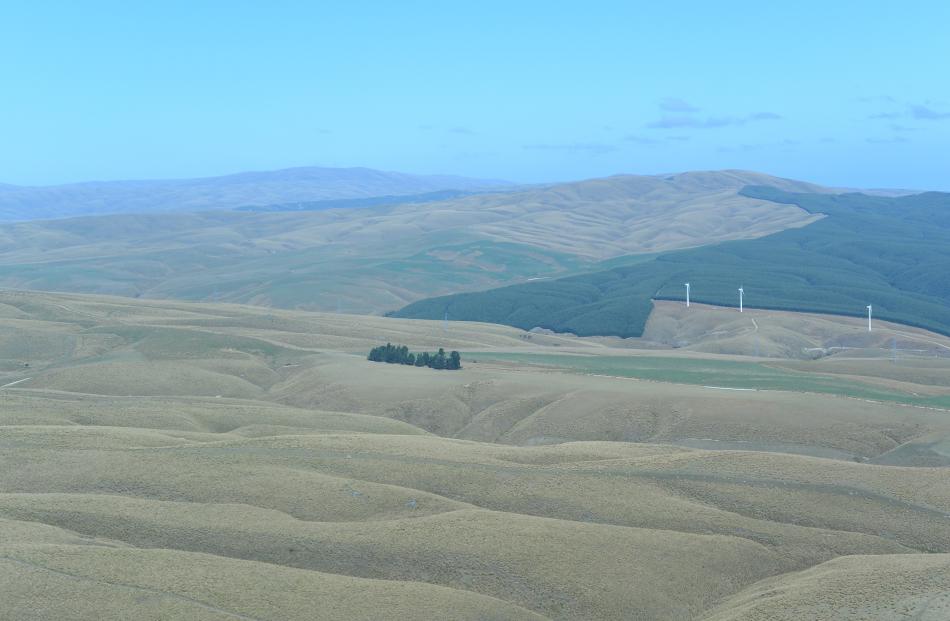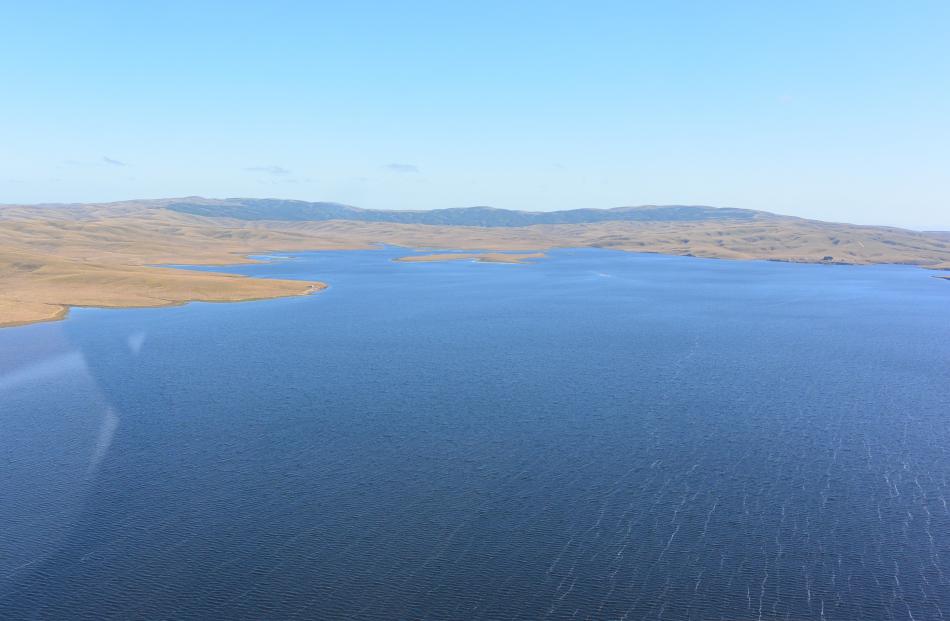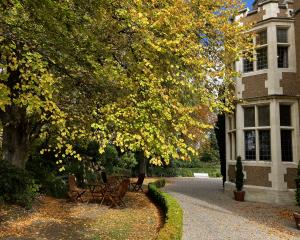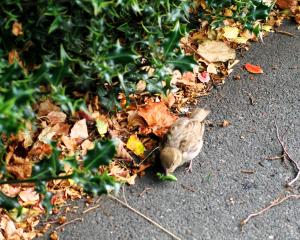It’s been a big year for wilding conifer control in Central Otago.
From small beginnings bought about by the alarmed voices of a few farmers from around Naseby forest, from a nationally renowned artist who makes his living from painting Central Otago’s unique landscape that he was seeing disappearing behind a creeping blanket of conifers and from a few others who had noticed changes going on in the land around them, we now have a sea change in public opinion towards the issue of wilding pines.
Hats off to Central Otago and Queenstown Lakes district councils who provided leadership on this issue some time back and who saw the serious threat which the uncontrolled spread of conifers in their districts poses to their economies and to their physical environments which attract people to their areas to live and play.
Next on board was the Otago Regional Council which for so long denied the problem existed. It’s early days yet for them but we all wait with interest to see what their Regional Pest Management Strategy will say about controlling wilding conifers.
Lastly, and most significantly central government has come on board, not only with a strategy which recognises the scale of the problem and the threat it poses to the national economy, but with funding for a National Wilding Conifer Control Programme which commenced in the spring of last year. The commitment is for $16m to be provided over a 4 year period to be spent on approved programmes within priority areas identified by a national governance group. The criteria applied for priotising areas is “best bang for buck” with the emphasis being on reducing the area of seed rain into vulnerable landscapes such as mountain ranges and removing trees from “take off” sites. The fund meets 60% of control costs with 20% coming from land owners and 20% from local and regional councils and other funding agencies such as Central Lakes Trust and Lotteries.
Two programmes were approved for Central Otago district and three for Queenstown Lakes with a total spend of approximately $1.9m. Within Central Otago district 213,000 hectares was cleared of wildings at a total cost of approximately $650,000. Control methods varied depending on what was the most cost effective in the circumstances but included boom spraying of significant seed sources such as at Kyeburn Diggings, drilling and filling larger trees with herbicide, cutting and stump pasting medium sized trees and basal bark application of herbicide on seedlings, either by ground application or aerial lancing.
Uptake of the programme by landowners was almost 100%. This is partly explained by the generous subsidy but also because farmers naturally think of what’s happening with the vegetation cover on their properties so consequently are often the first to recognize the threat which the uncontrolled spread of conifers poses to their future.
There has been some criticism of the impact of dead trees on the landscape and mention made of the positive impacts on ground stability of some planted conifer forests that have been removed. I urge people to consider the wider perspective when deciding their opinion of this issue. Yes, dead trees on the landscape aren’t appealing to most of us but if they signify the protection of the unique character of our landscape and of our biota it can be seen as a landscape plus. There are also some major advantages in killing trees standing up such as easier access for follow up control, cheaper for larger trees and avoiding disturbance to surrounding vegetation.
Despite the good progress we are not however out of the woods quite yet as there are some big challenges to be met before we can say the wilding conifer problem has been successfully addressed, not the least of which is having forest owners meeting the cost of controlling the spread of conifers from their forests onto adjoining land.
This challenge will be not unlike getting dairy farmers to contain their nutrients on their own properties. Despite our better community awareness of the threat of wildings, we are still quite recently having conifer forests established adjacent to vulnerable landscapes such as the Landcorp Douglas fir forest planted next to Te Papanui conservation area on their Waipori farm. There are similar forests established high on the hills overlooking Lake Onslow that are only now reaching seeding age which will spread seed over highly susceptible tussock land in the headwaters of the Taieri which is a major water source for irrigation, and beyond to Te Papanui.
How we confront these issues will be the real test of our commitment to protecting our unique landscapes and our natural resources for future generations.
Phil Murray
Project Manager
Central Otago Wilding Conifer Control Group
Resource Management Consultant














